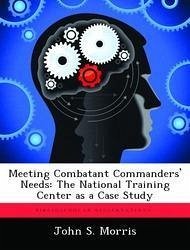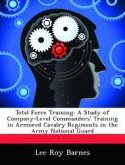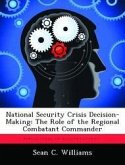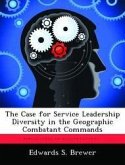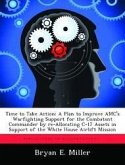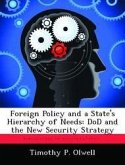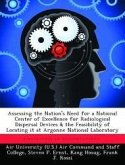This study, utilizing the National Training Center (NTC) as a case study, analyzes how the US Army, as part of its Title 10 requirement, provides organized, trained, and equipped forces to meet the needs of combatant commanders. The purpose is to determine whether the program at the NTC, as the Army's most expensive training program, has evolved from its original purpose, to train units to fight and win against the Warsaw Pact on the plains of Europe. The NTC of today must prepare units to deploy from the United States, trained to defeat either one of two foes (North Korea or Iraq) in a Major Regional Contingency (MRC). The study begins by linking the NTC to the Army's Title 10 requirements. It then identifies what US Central Command (CENTCOM) and US Pacific Command (PACOM) require from mechanized brigades in four areas: reception, staging, onward movement, and integration (RSOI), intelligence, indirect fire support, and threat forces. After a brief look at the development and history of the NTC, the study examines the program at the NTC, comparing the training program in each of the four areas to the CENTCOM and PACOM requirements. The study concludes that, with few exceptions, the NTC of today is an excellent tool for preparing mechanized units for employment by either CENTCOM or PACOM in an MRC.
Hinweis: Dieser Artikel kann nur an eine deutsche Lieferadresse ausgeliefert werden.
Hinweis: Dieser Artikel kann nur an eine deutsche Lieferadresse ausgeliefert werden.

